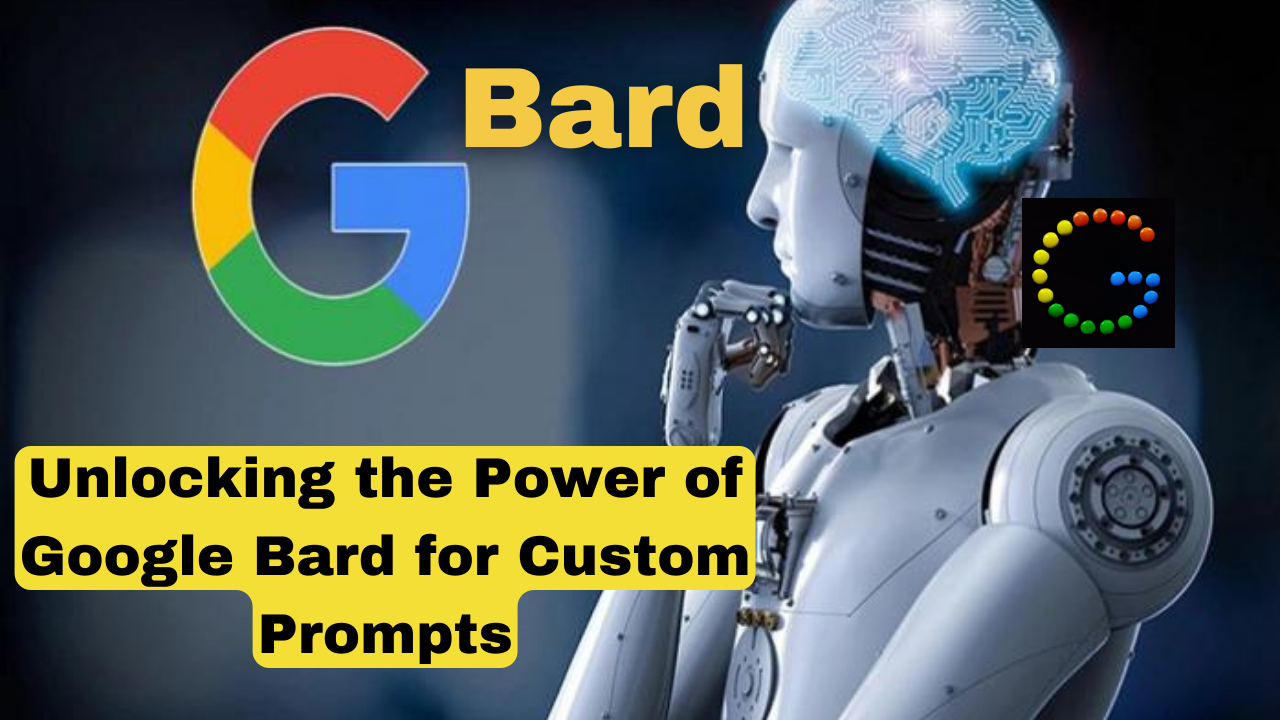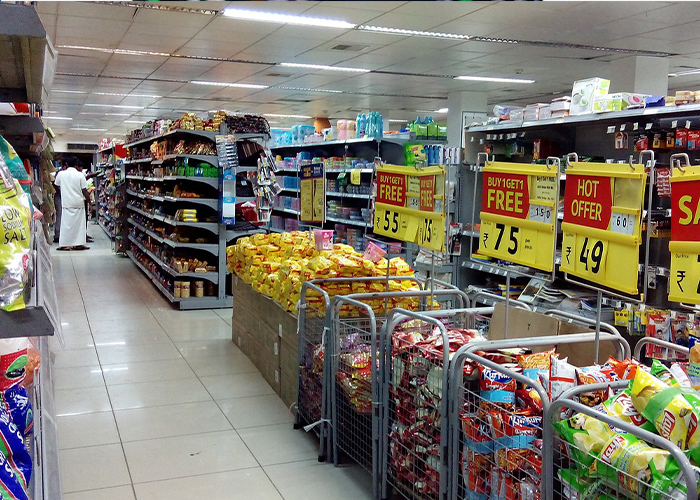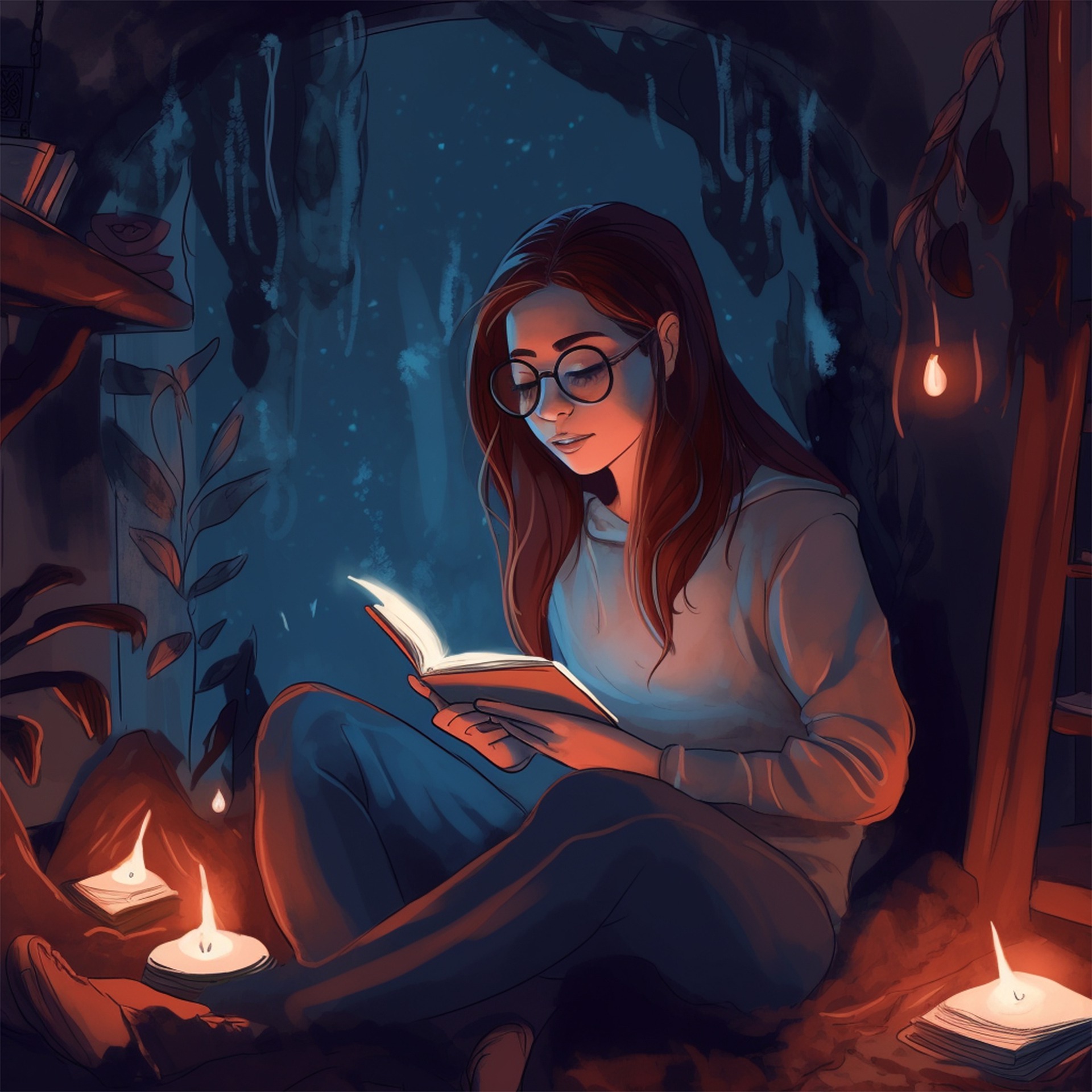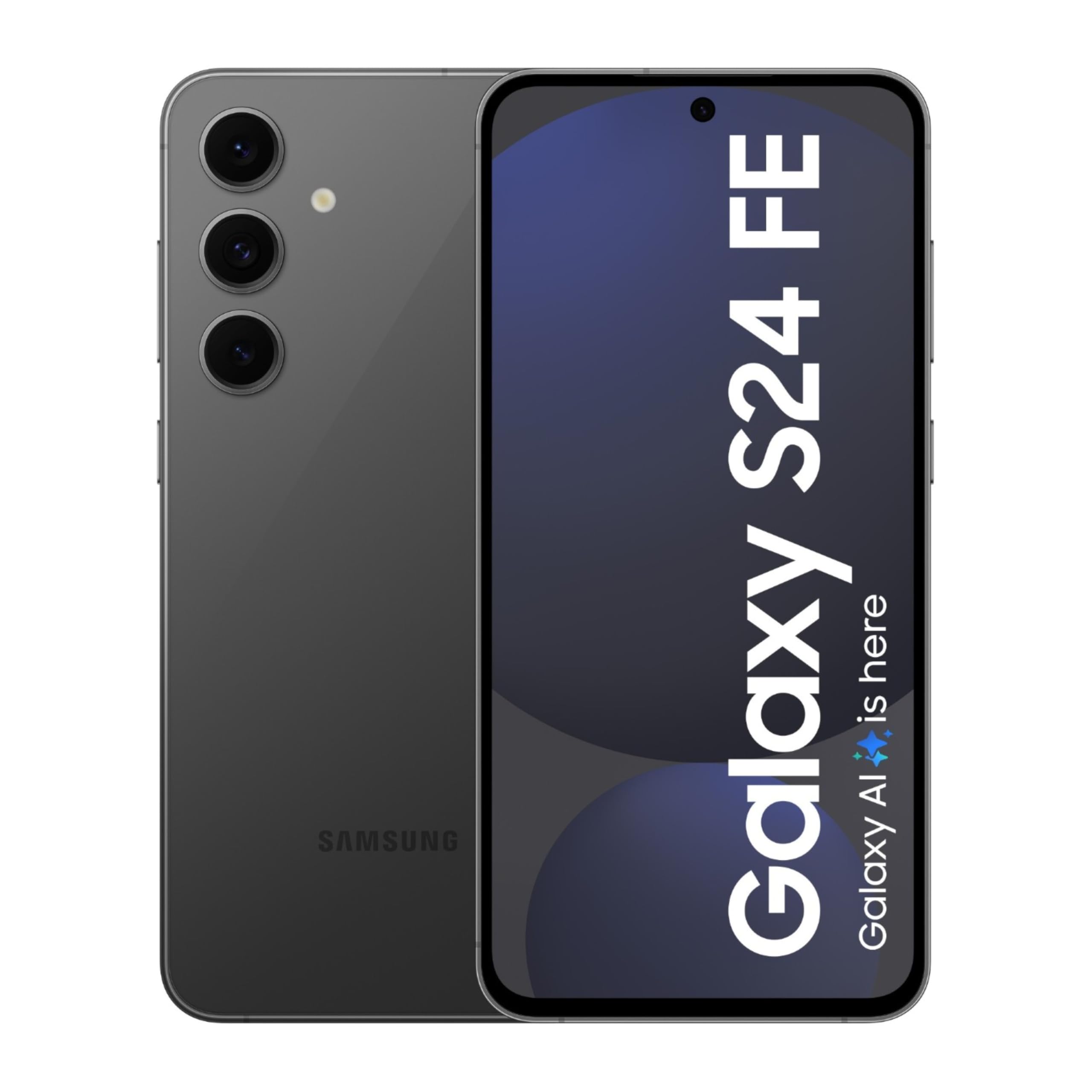Introduction: Google Bard for Custom Prompts
In the ever-evolving landscape of artificial intelligence, Google Bard emerges as a beacon of innovation and linguistic prowess. Developed by Google AI, this advanced language model goes beyond conventional text generation, offering a multifaceted tool that caters to the diverse needs of writers, researchers, and creatives alike. At the heart of its capabilities lies a distinctive feature— the ability to process and respond to custom prompts.
This guide embarks on a journey into the realm of Google Bard, unraveling the intricacies of creating custom prompts to unlock its full potential. As we navigate through the art and science of prompting, we will explore the nuances that make these interactions with the AI model a seamless fusion of human ingenuity and digital sophistication. Join us in decoding the power of Google Bard, where the boundaries between human creativity and artificial intelligence blur, giving rise to a new era of linguistic exploration and creative collaboration.
Google Bard, developed by Google AI, stands as a formidable tool, revolutionizing the way we interact with language models. This guide delves into the intricacies of Google Bard, focusing on the art of creating custom prompts to unleash its full potential.
Crafting Effective Prompts: Google Bard for Custom Prompts
To maximize Google Bard's capabilities, crafting effective prompts is essential. Clarity, specificity, context, and actionable instructions form the foundation. Keep prompts concise, provide relevant background, and use action verbs to guide the model effectively.
Exploring Prompt Variations: Google Bard for Custom Prompts
Google Bard's adaptability shines when exploring prompt variations. Experiment with prompt length, question styles, creativity, tone, and templates. This experimentation leads to unexpected and creative outcomes, unlocking new dimensions of interaction.
Practical Applications of Custom Prompts: Google Bard for Custom Prompts
The applications of Google Bard's custom prompts are diverse:
Content Creation: Generate various creative formats such as poems, code, scripts, music, emails, and letters.
Research and Education: Summarize complex topics, explain details, and create educational materials.
Translation and Localization: Adapt content to different languages and cultural contexts.
Personal Productivity: Aid in brainstorming, organizing thoughts, and composing emails or letters.
Entertainment and Exploration: Create interactive stories, jokes, riddles, and engage in imaginative conversations.
Harnessing the Power of Custom Prompts: Google Bard for Custom Prompts
Google Bard's customizable prompts act as a bridge between human ingenuity and AI capabilities. This collaboration empowers users to tap into the model's vast potential, revolutionizing their approach to tasks. As users become adept at creating nuanced prompts, they unlock new dimensions of productivity and innovation, fostering a profound expansion of knowledge and a boundless imagination.
In this partnership with a sophisticated digital intellect, users not only interact with a tool but also embark on a journey of exploration, enhancing their work, broadening intellectual horizons, and fueling creativity. The synergy between human creativity and AI capabilities has the potential to reshape the way individuals approach tasks, opening doors to a realm of possibilities.
Conclusion: Google Bard for Custom Prompts
In the symphony of technology and creativity, Google Bard stands as a conductor, orchestrating a harmonious blend of human expression and artificial intelligence. Through the lens of custom prompts, we've delved into the intricate dance between user input and the model's output, unlocking the vast potential that lies within this advanced linguistic tool.
Crafting effective prompts emerged as an art, where clarity, context, and creativity converged to guide Google Bard's responses. The exploration of prompt variations illuminated the model's adaptability, encouraging users to experiment with different styles, lengths, and tones.
As we navigate the practical applications, Google Bard reveals itself not merely as a tool but as a catalyst for creativity, productivity, and exploration. From generating diverse content to aiding in research, education, and personal productivity, the possibilities are as expansive as the user's imagination.
The collaboration between user and AI transcends mere interaction, evolving into a partnership where the boundaries of innovation are pushed. Navigating this interface becomes a skill, unlocking new dimensions of productivity and imagination. Google Bard, with its customizable prompts, becomes more than a language model—it becomes a conduit for the fusion of intellects, a gateway to a realm where human thought and machine capability intertwine.
In this concluding note, as users refine their prompt engineering skills, they embark on a journey of continuous discovery. Google Bard is not just a tool; it's an invitation to explore, create, and innovate—a powerful ally in the pursuit of expanding intellectual horizons and nurturing a vibrant imagination. As the collaboration deepens, the transformative potential of Google Bard becomes not just a possibility but a reality, shaping a future where the synergy of human ingenuity and AI sophistication knows no bounds.
Frequently Asked Questions (FAQ) : Google Bard for Custom Prompts
Q1: What is Google Bard, and how does it differ from other language models?
A1: Google Bard is a large language model developed by Google AI. It sets itself apart through its versatility, offering capabilities for generating text, translating languages, and responding to prompts with customized outputs. Unlike traditional language models, Google Bard's strength lies in its adaptability to diverse prompts.
Q2: How do custom prompts enhance the functionality of Google Bard?
A2: Custom prompts act as specific instructions or guidelines for Google Bard. They empower users to tailor the model's responses to their unique needs and preferences. Crafting effective prompts is essential for maximizing the potential of Google Bard, ensuring clear and precise communication with the model.
Q3: What are the key elements to consider when crafting effective prompts for Google Bard?
A3: Crafting effective prompts involves considerations such as clarity, specificity, providing context, using actionable instructions, maintaining an optimal length, and, if applicable, offering examples or references. These elements collectively contribute to guiding Google Bard in producing desired outputs.
Q4: Can Google Bard adapt to different styles and tones in prompts?
A4: Yes, one of the remarkable features of Google Bard is its adaptability to various prompt variations. Users can experiment with different styles, lengths, tones, and even utilize existing prompt templates as starting points for customization.
Q5: What are some practical applications of Google Bard's custom prompts?
A5: Google Bard's custom prompts find applications in diverse areas, including content creation (poems, code, scripts), research and education (topic summarization, explanations), translation and localization, personal productivity (brainstorming, organizing thoughts), and entertainment (interactive stories, jokes, imaginative conversations).
Q6: How does the collaboration between users and Google Bard contribute to innovation and creativity?
A6: The collaboration transcends traditional user-tool interaction. Users, by honing their prompt engineering skills, unlock new dimensions of productivity and innovation. Google Bard becomes a partner in creative thinking, expanding users' knowledge base and stimulating a vivid imagination.
Q7: Can Google Bard be used for educational purposes?
A7: Absolutely. Google Bard's capabilities make it a valuable tool for educational purposes. It can assist in summarizing complex topics, providing detailed explanations, and generating creative learning materials.
Q8: Is there a learning curve for effectively using Google Bard's custom prompts?
A8: Like any advanced tool, there might be a learning curve initially. However, as users become more adept at crafting effective prompts, they unlock the full potential of Google Bard, leading to a seamless and productive interaction.
Q9: How does the collaboration between human creativity and AI sophistication shape the user's experience with Google Bard?
A9: The collaboration results in a transformative experience. Users, through effective prompt engineering, tap into the synergy of human creativity and AI sophistication. This partnership shapes a future where the boundaries of innovation are continually pushed, opening up new realms of possibilities.
Written by: Muktar


























